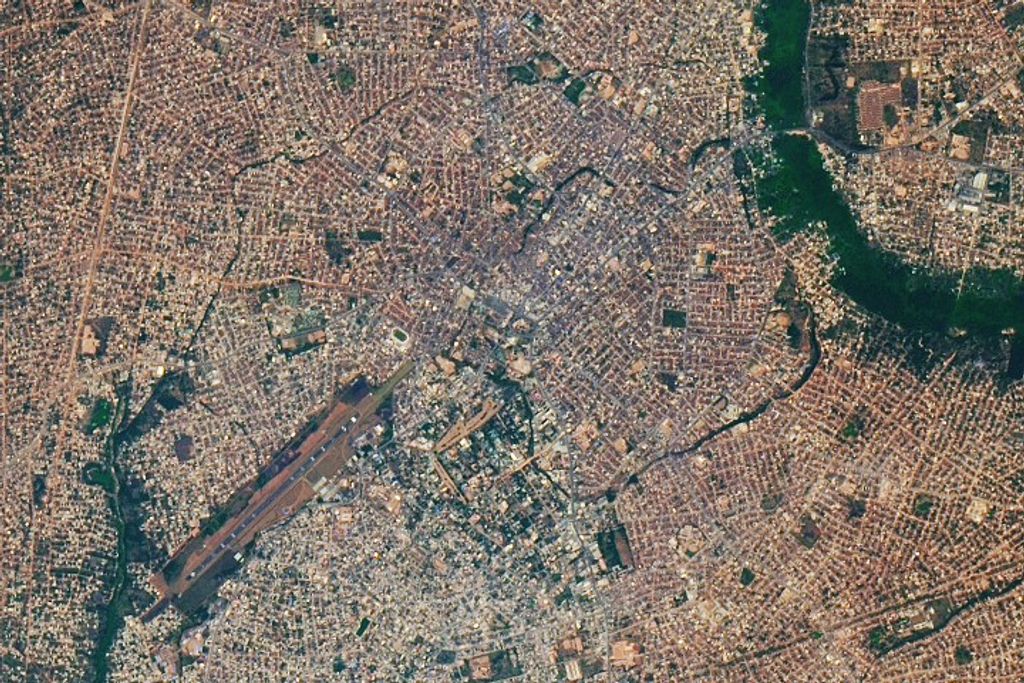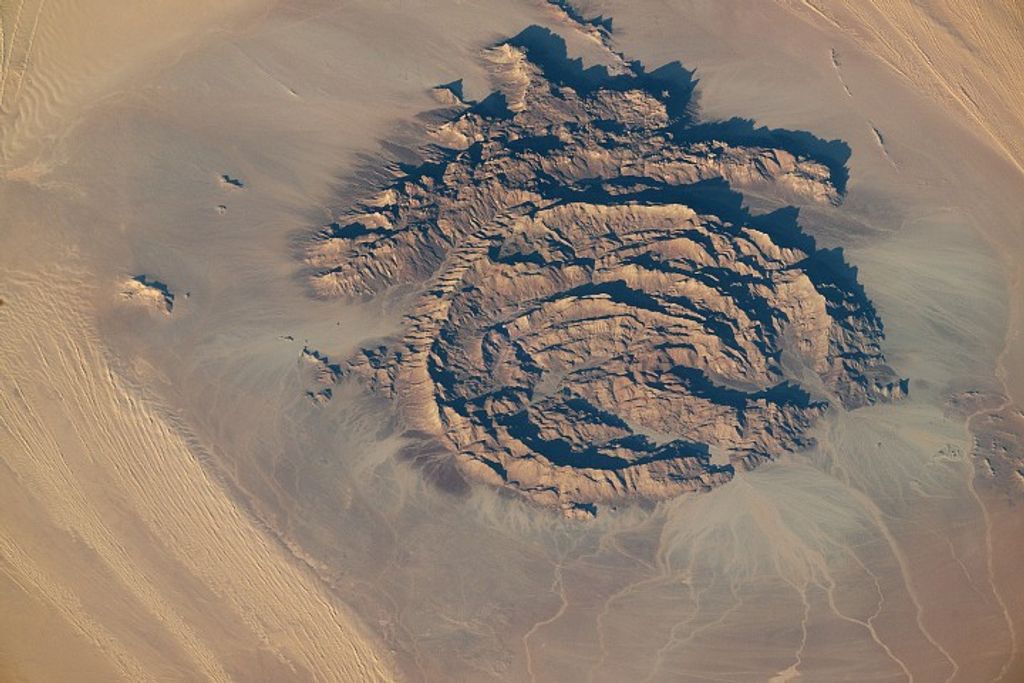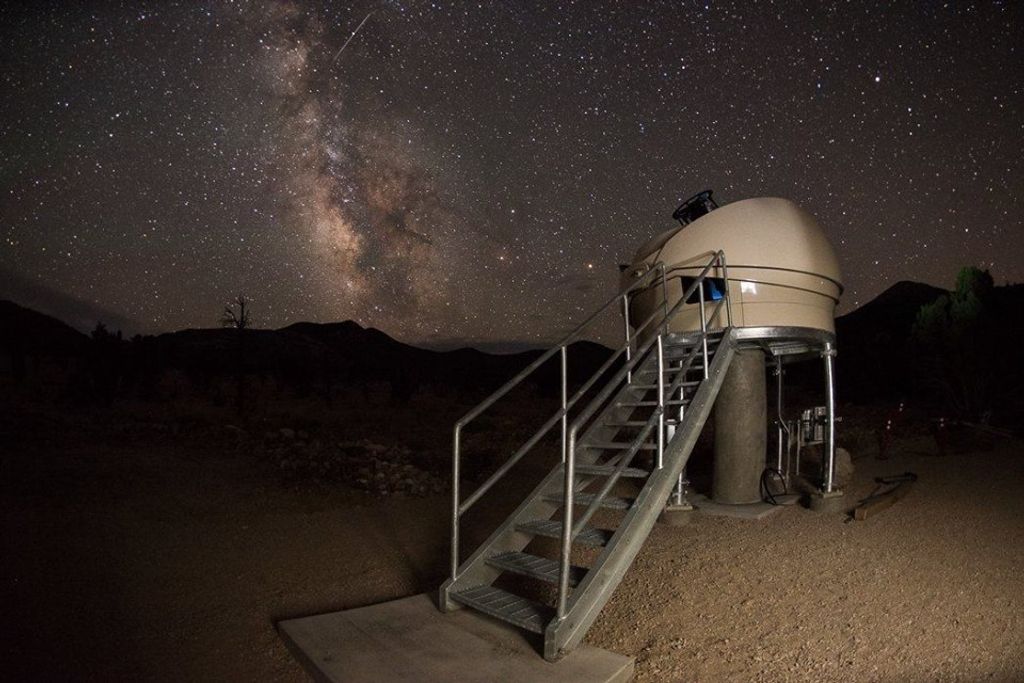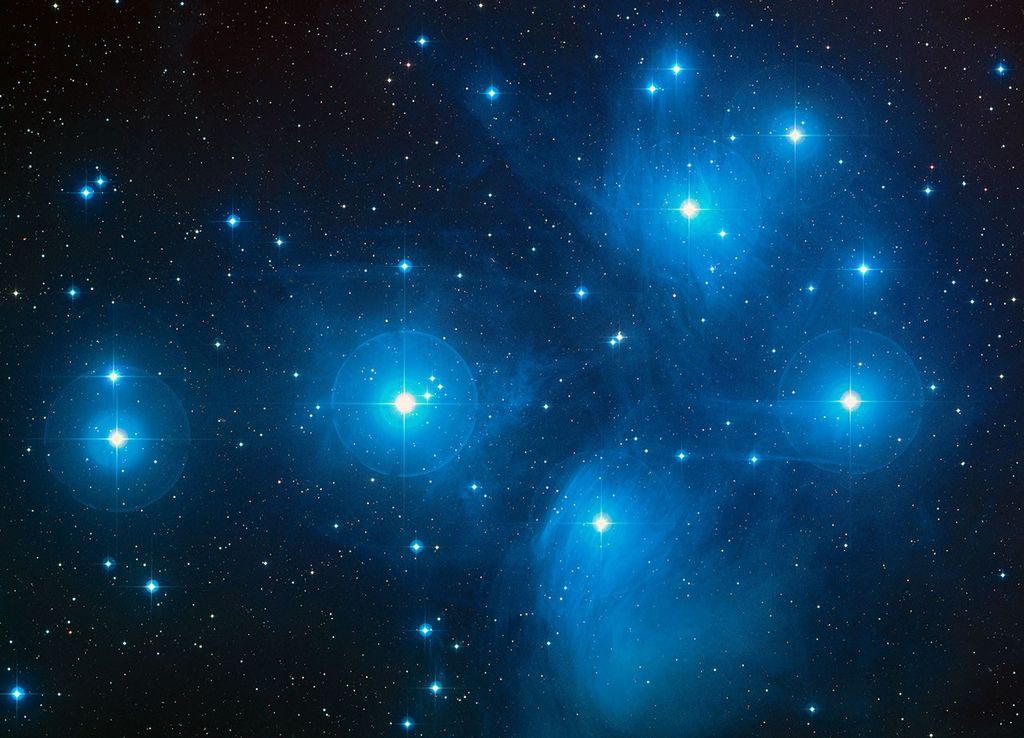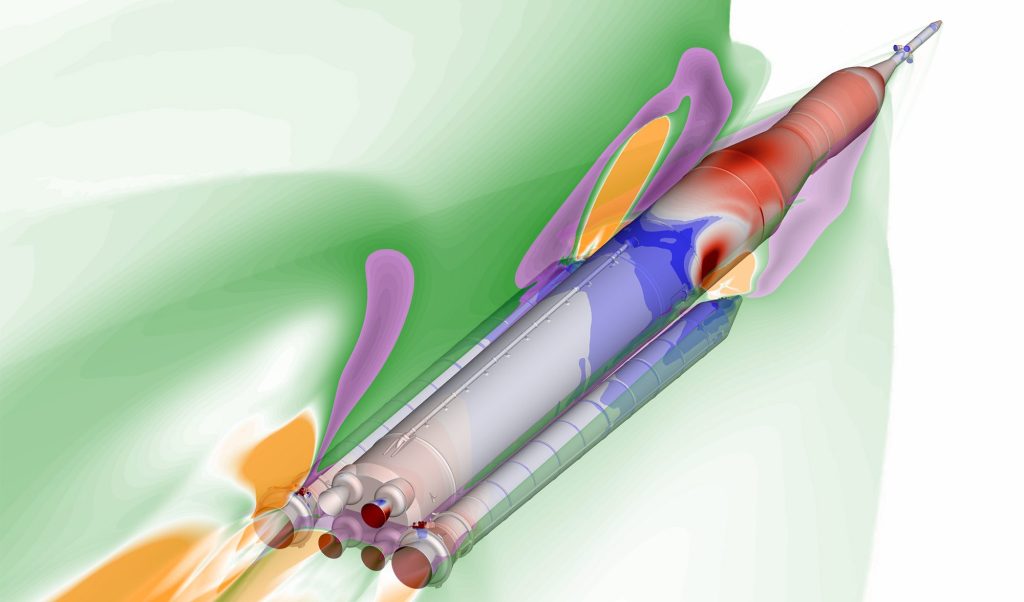NASA’s Luna-H Map to Study Moon Water
NASA’s Lunar Polar Hydrogen Mapper (LunaH-Map) CubeSat was launched by the Space Launch System (SLS) rocket for the Artemis I mission on Nov. 17.
LunaH-Map, developed by Arizona State University and sponsored by NASA’s Science Mission Directorate (SMD), will measure the distribution and amount of hydrogen throughout the Moon’s South Pole. If successful, the LunaH-Map spacecraft will produce a high-resolution map of the Moon’s bulk water deposits, unveiling new details about the spatial and depth distribution of potential ice previously identified during a variety of missions. Confirming and mapping these deposits in detail will help NASA understand how the water got there, how much water might be available, and how it could potentially serve as a resource for longer exploration missions on the Moon. The CubeSat’s mission is designed to last around 60 days once science operations begin.








